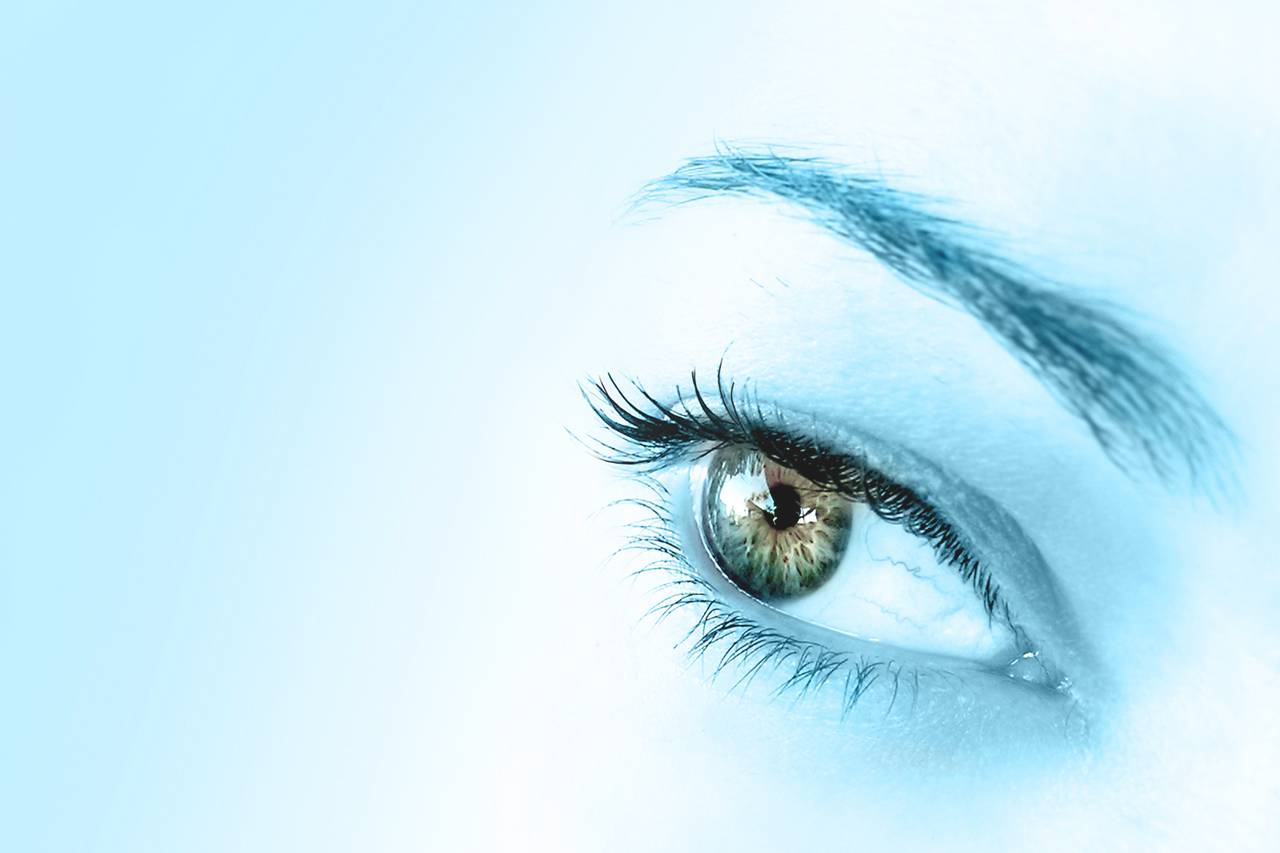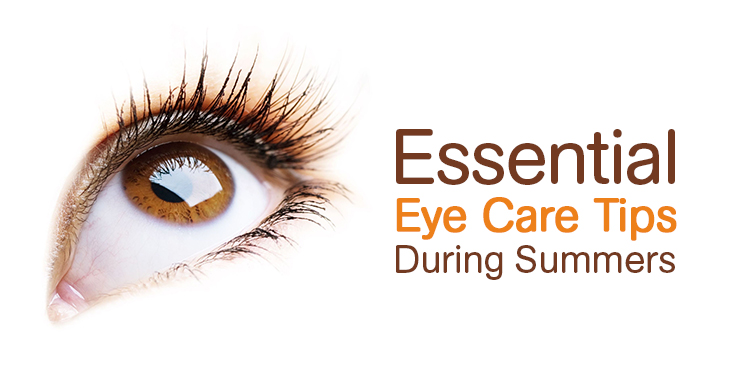Discover Top Retina Service Near Me: Cutting-Edge Solutions at Our Clinic
Discover Top Retina Service Near Me: Cutting-Edge Solutions at Our Clinic
Blog Article
Discovering the State-of-the-Art Technologies Made Use Of for Dealing With and identifying Eye Problems
In the realm of ophthalmology, the evolution of innovation has significantly boosted the devices offered for detecting and dealing with different eye conditions. From advanced imaging innovations that provide comprehensive understandings into eye structures to robotic-assisted operations that provide unequaled accuracy, the landscape of eye treatment is constantly evolving. With the integration of expert system in diagnostics, gene treatment developments, and online fact rehab, the possibilities for boosting individual results are broadening at a rapid pace. The merging of these advanced technologies holds the pledge of reinventing the field of ophthalmology, supplying brand-new avenues for personalized and reliable therapies.

Advanced Imaging Technologies
Advanced Imaging Technologies have transformed the field of ophthalmology by supplying accurate and comprehensive visualization of the eye frameworks. Optical Coherence Tomography (OCT) stands out as a key innovation in this world. OCT utilizes light waves to record high-resolution cross-sectional pictures of the retina, permitting the identification of minute architectural adjustments. This non-invasive strategy aids in the very early detection and surveillance of different eye conditions such as macular degeneration, diabetic retinopathy, and glaucoma.
Moreover, Fundus Digital photography is another vital device in sensory imaging. This strategy involves catching in-depth photos of the rear of the eye, consisting of the retina and optic disc. Fundus Digital photography aids in recording the development of eye conditions, evaluating treatment efficacy, and educating clients regarding their eye health and wellness.

Robotic-Assisted Surgical Procedures
Robotic-assisted operations have dramatically progressed the abilities of ocular surgical procedure, ushering in a brand-new period of accuracy and performance in dealing with numerous eye problems. By incorporating robot technology right into operations, eye doctors can achieve exceptional accuracy and control, resulting in improved patient end results.
Among the main benefits of robotic-assisted surgical procedure in ophthalmology is the boosted dexterity and security it uses to surgeons. The robotic arms can execute exact movements with a high level of accuracy, enabling delicate procedures with minimal invasiveness. This degree of precision is particularly helpful in surgeries entailing the retina, where also minor mistakes can have significant effects for a client's vision.
Moreover, robotic-assisted surgical systems give real-time imaging and feedback to the cosmetic surgeon, enabling them to make educated decisions throughout the procedure. This modern technology improves the cosmetic surgeon's situational awareness and permits for modifications to be made promptly, making certain optimal outcomes for the client.
Expert System in Diagnostics
With the advancement of advanced technologies boosting surgical accuracy in sensory treatments, the combination of Artificial Intelligence in diagnostics has actually become an essential development reinventing the field of eye care. Fabricated Intelligence (AI) formulas are being progressively used to examine complicated data from imaging modern technologies like optical coherence tomography (OCT) and fundus digital photography to aid in the very early discovery and exact diagnosis of various eye conditions. These AI systems can effectively determine patterns and anomalies in pictures that may not be noticeable to the human eye, making it possible for quicker diagnosis and therapy planning.
AI algorithms can likewise anticipate condition development, advise personalized treatment plans, and evaluate the efficiency of interventions. By enhancing the analysis procedure, AI not just enhances the efficiency of eye care professionals but also improves patient outcomes by making it possible for prompt treatments. As AI remains to advance, its role in diagnostics is anticipated to expand, providing new opportunities for early intervention and customized therapy in the field of ophthalmology.
Genetics Therapy Innovations
In the realm of sensory developments, current strides in gene therapy developments have actually sparked considerable rate of interest amongst scientists and healthcare professionals alike. Genetics treatment holds immense guarantee in reinventing the therapy of different eye conditions click here to read by targeting the underlying genetic causes. By presenting genetic material right into cells to make up for uncommon genetics or to provide an absent genetics, genetics treatment offers an individualized method to resolving inherited eye problems such as retinitis pigmentosa, Leber congenital amaurosis, and others that were formerly considered untreatable.

As study in gene treatment remains to development, the capacity for tailored treatments for a wider variety of eye conditions expands, offering brand-new hope for people with genetic eye illness.
Digital Truth Rehab
Digital truth rehabilitation has arised as an innovative technique in improving the healing and rehabilitation procedures for individuals with numerous visual impairments. retina service near me. By replicating real-world atmospheres via immersive innovation, digital reality supplies a distinct platform for vision treatment and rehab. This cutting-edge technique makes it possible for individuals to take part in interactive workouts and tasks created to boost visual skill, depth perception, eye sychronisation, and total aesthetic performance
One key advantage of online fact recovery is its capability to personalize treatment programs based upon the particular needs and capabilities of each individual. With real-time comments and tracking, health care experts can track progress, readjust treatments, and supply tailored care to enhance results. In addition, virtual reality innovation can produce a controlled and risk-free space for individuals to exercise aesthetic jobs, get over challenges, and build self-confidence in an online setup before transitioning to real-world scenarios.
Final Thought
To conclude, the developments in imaging innovations, robotic-assisted surgeries, expert system diagnostics, genetics therapy advancements, and virtual fact rehabilitation have actually substantially enhanced the diagnosis and treatment of eye conditions. refractive surgeries in al. These cutting edge innovations have actually changed the field of ophthalmology, enabling more accurate and efficient procedures. As technology remains to develop, the future of eye care looks appealing with the potential for even more cutting-edge options to enhance individual outcomes
In the world of ophthalmology, the advancement of innovation has actually dramatically boosted the tools available for detecting and dealing with various eye problems. Fundus Photography aids in recording the progression of eye diseases, evaluating treatment effectiveness, and educating you can try this out people regarding their eye health and wellness.
Synthetic Knowledge (AI) algorithms are being increasingly used to examine intricate data from imaging modern technologies like optical coherence tomography (OCT) and fundus photography to aid in the very early discovery and exact diagnosis of various eye problems.In final thought, the improvements in imaging innovations, robotic-assisted surgeries, artificial intelligence diagnostics, gene treatment developments, and online reality rehab have substantially improved the medical diagnosis and therapy of eye problems. As modern technology proceeds to advance, the future of eye treatment looks encouraging with the potential for even more innovative services to improve patient outcomes.
Report this page